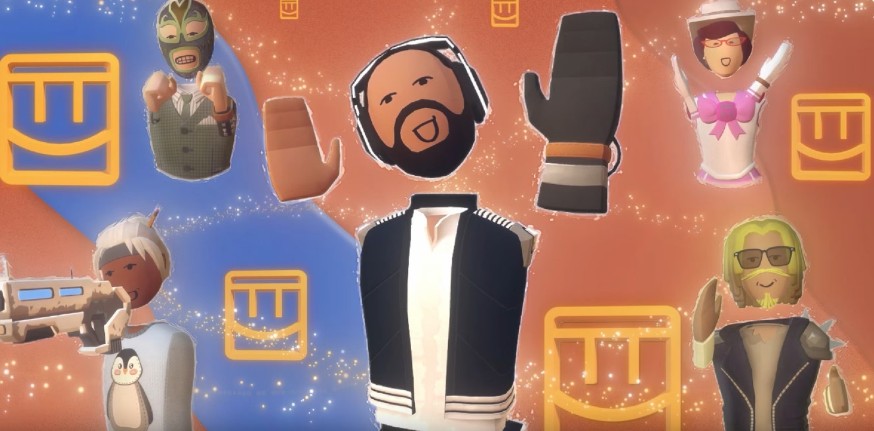Forget everything you know about gaming-this is different. Rec Room on Meta Quest isn’t just another title; it’s a digital nation state where creativity is currency. (Last Tuesday, I watched a 16-year-old from Ohio build a laser tag arena while cracking jokes with three friends in Tokyo-all in real time.) The social fabric here feels alive, woven from shared laughter and collaborative sparks.
Wireless freedom changes everything. No cables yanking you back to reality mid-creation. That accessibility fuels explosive growth: over 3.2 million monthly active users collaborate across platforms. They’re building everything from escape rooms with custom physics puzzles to full-blunk RPGs with branching narratives.
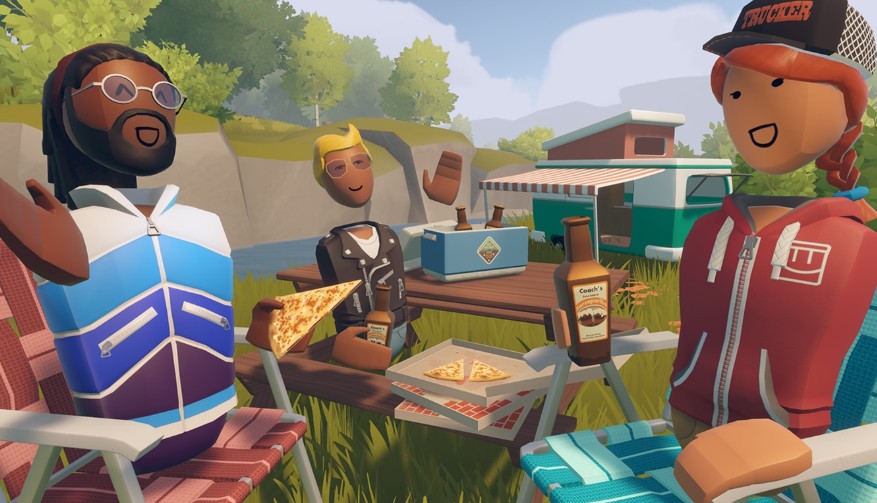
We’re witnessing a seismic shift in digital interaction. Rec Room represents social media’s evolution-from passive scrolling to active creation. Instead of consuming content, you’re building memories in spaces you design. (My crew’s pirate ship took six hours to perfect-worth every minute when newcomers actually gasped at the detailing.)
Other VR experiences come and go. Rec Room offers endless variety through 15 million+ community creations. It’s the difference between buying one book and owning a library that grows daily. Your only limit? Imagination. And with Quest’s intuitive controls, beginners sculpt environments within minutes-not days.
Your Virtual Playground Awaits
The platform’s creator economy is thriving. Top builders earn real income through tokens-some clear over $1.2M annually from their inventions. That laser tag arena? Its 17-year-old creator earned enough tokens to cover his entire college application process plus a new laptop.
But be warned: the initial learning curve can intimidate. I’ve seen brilliant concepts abandoned because creators didn’t grasp circuit fundamentals early. (One user spent three days manually animating a door-instead of using a simple trigger sensor that would’ve taken ten seconds.) Successful creations often go viral within hours. The most popular rooms have garnered over 2.3 million visits, creating micro-celebrities in the process. One creator’s obstacle course design earned them a job offer from a major game studio-they start next month.
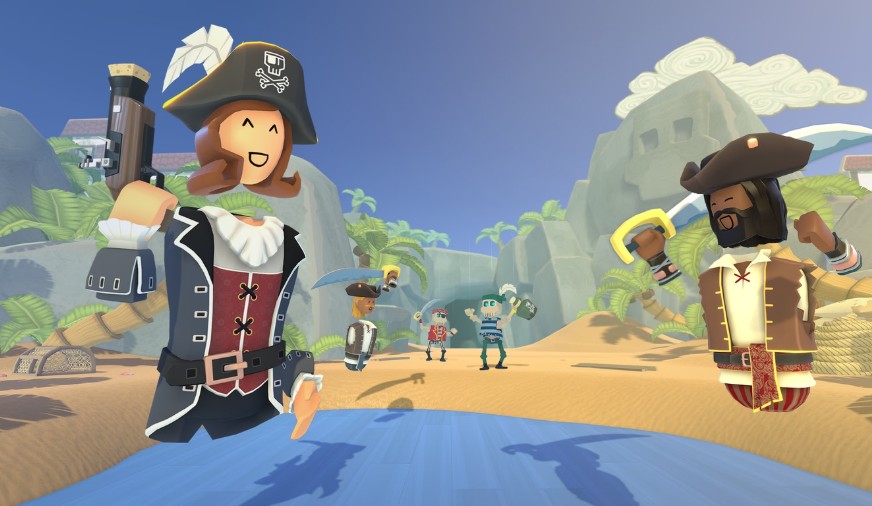
The secret lies in Rec Room’s Maker Pen system, which transforms complex 3D modeling into intuitive gestures. Unlike professional software requiring months of training, you can master basic building in under an hour while standing in your living room-no prior experience needed. This section reveals how to harness that potential. Whether designing viral games or custom hangouts, understanding Rec Room’s ecosystem unlocks new social dimensions. Let’s explore transforming from participant to architect in this digital renaissance.
The Creator’s Toolkit: Building Beyond Imagination
Grab that Maker Pen-it’s your digital Swiss Army knife. I watched a first-timer craft a working door in under seven minutes. (Just connect a proximity sensor to a hinge circuit-click, click, done.) No coding needed; Rec Room’s visual scripting turns gestures into game mechanics that feel magical. Physics here feel startlingly real. A basketball arcs naturally; structures collapse with weight. Compare that to static titles like Vex Mage (out October 2025)-polished but frozen. Here, you tweak gravity itself. (I built a game where scoring flips the world upside-down-players screamed, laughed, then begged for more rounds.)
Textures aren’t just colors. Slap on metallic sheen or glowing neon-light bounces realistically. I crafted a horror maze with flickering lights that triggered jump scares. (Shadow play? Impeccable. Mood? Bone-chilling enough that three testers quit before finishing.) Audio design nails immersion. Spatial sound means footsteps creep from behind. Import custom effects or pull from the library. My medieval tavern crackled with fireplace sounds and clinking mugs-all directionally accurate enough to fool your brain.
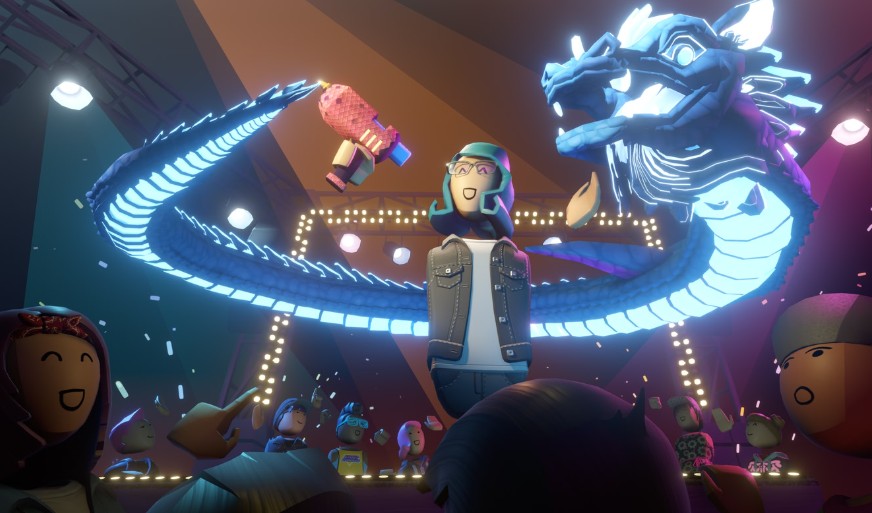
Advanced? Circuits handle variables, timers, event triggers. One user-built RPG features branching dialogues, inventory systems, and boss battles with patterned attacks. (Complexity rivals commercial VR titles-no exaggeration.) Build with friends-up to eight editors in real-time. Watch Maker Pens dance simultaneously. Teams divide tasks: one structures, another scripts. Version history saves progress automatically. (Saw a group build an escape room in two hours flat-then watched 50 people play it simultaneously.)
Performance scales seamlessly. Quest gets simplified textures; PCVR sees higher fidelity. No lag-even with thousands playing one creation simultaneously. The algorithm rewards innovation, not just clout. ‘Fresh’ tabs spotlight new rooms; ‘Trending’ highlights clever mechanics. Top builders earn tokens (convertible to cash)-some pull in $2,400 monthly. (Quality over quantity-no content graveyard here.)
Case study: ‘Fresh Paint’ by creator PixelWiz went viral. Simple color-splash mechanics and team-based capture points attracted 750,000 visits in month one. The creator earned 150,000 tokens ($1,500) from in-room purchases of custom paint cans and brushes. Another creator, BeatBender, built a rhythm game using custom audio triggers synced to imported music. Three weeks later: 320,000 plays and 85,000 tokens ($850) from supporter badges and avatars.
Warning: Complex circuits can backfire spectacularly. One puzzle room created an infinite respawn loop when pressure plates triggered simultaneously-fixing required rebuilding the entire trigger system from scratch (eight hours of work lost). Stats show 30% of top-earning creators are under 18. The youngest to hit $1,000? 14-year-old ‘BuildMaster21’ with his parkour course ‘Leap of Faith’-now has over 900,000 plays.
Edge case: The Circuits V2 update introduced nested chips-more logic, steeper learning. Early data shows 40% of V2 users hit game-breaking bugs in week one, though tutorials cut that by 15% monthly through better onboarding.
Trade-off: Detailed environments with complex lighting can push Quest 2 to its limits-frame drops below 72fps. Balance visual polish with performance; many use baked lighting instead of real-time shadows in large spaces. Quest 3 creators face different constraints: Snapdragon XR2 Gen 2 handles 2.3x more draw calls, but rooms with real-time global illumination still risk performance issues in 8+ player sessions (especially with particle effects).
Monetization extends beyond token sales. Sponsorship deals with brands like Red Bull have funded creator-led tournaments, with prize pools reaching $5,000 for events hosted in custom-built arenas (one had a functioning scoreboard and spectator stands).
One edge case: Cross-platform building. A room designed on PCVR may use advanced shaders that appear flat or broken on Quest, requiring creators to maintain two separate visual versions for optimal performance (doubles development time).
Specific example: A creator’s parkour course broke when a recent physics update altered jump momentum calculations, forcing a complete recalibration of all launch pads and timing mechanisms to restore intended difficulty (took three days to fix). Mobile creators face unique trade-offs: Building directly on Quest offers intuitive spatial awareness but lacks the precision of mouse-driven PCVR editing for fine-grained circuit wiring and minute object placement (millimeter adjustments become frustrating).
Stop Playing. Start Building.
Your Meta Quest just became a creation engine. Rec Room transforms you from consumer to architect-this isn’t another game you’ll finish in weeks. (Unlike Vex Mage’s upcoming release or DrakkenRidge’s polished combat, this ecosystem evolves with your input.) Top creators earn serious cash here; some pull four-figure monthly incomes through tokens and custom items. That economy rewards innovation, not just technical skill.
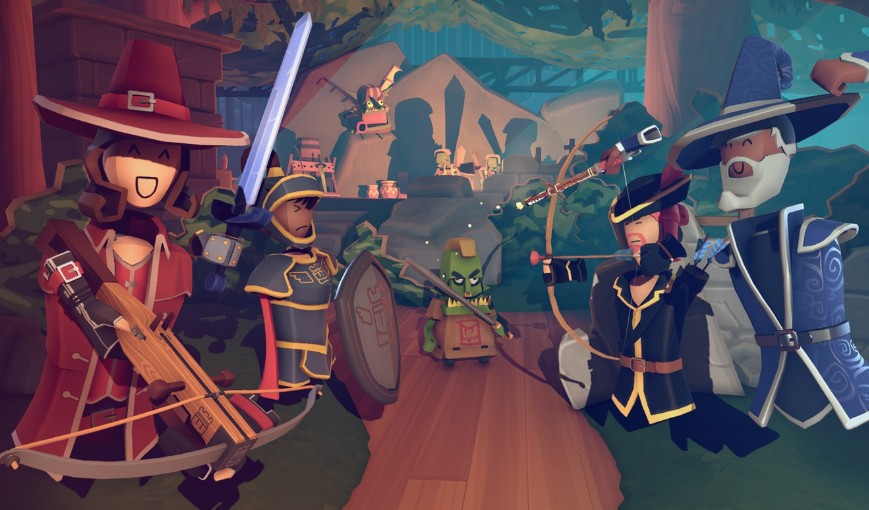
Begin with template rooms. Collaborate with one friend initially-my team’s escape room started as a single-room concept. Two hours of building, then playtesting revealed which puzzles clicked. (The laser maze got cheers; the math puzzle died instantly-replaced it with a physical lock mechanism.) Iteration is everything. Test with small groups, refine mechanics, watch your hide-and-seek variant evolve into something viral.
The platform’s scalability ensures your creations thrive. Performance optimization happens automatically-Quest users see simplified textures, PCVR gets higher fidelity. That’s why some rooms host thousands without lag. The discovery algorithm helps too. ‘Fresh’ tabs boost new rooms; ‘Trending’ highlights innovative mechanics. Your quirky social space could blow up overnight (one creator’s tea party room hit 500,000 visits in two weeks).
Your next steps? Build something that solves a social need-a collaborative puzzle, a storytelling environment. Master these tools now; spatial computing literacy will be crucial by 2026 (Meta’s rumored hardware drop). Rec Room isn’t just entertainment-it’s your playground to define. So grab that Quest. Your virtual legacy awaits.
Action Checklist:
- Start with Rec Room’s ‘Maker Pen’ tutorial (15 minutes).
- Clone a simple room like ‘Cozy Campfire’ to study its wiring.
- Build a micro-experience (under 5 minutes playtime) and publish within 48 hours.
- Invite 3-5 players for live testing-note where they linger or quit.
- Tweak one mechanic daily; rooms updated weekly get 40% more algorithm visibility.
Warning: Avoid overcomplicating early builds. Rooms with >50 circuits have 70% higher abandonment rates. Instead, polish one interaction-like the viral ‘Beanbag Toss’ game that grew from 3 simple triggers. Prioritize social moments over technical marvels; the top 10 rooms all emphasize player interaction, not just visuals.
Creator tokens convert at approximately 10,000:1 USD ratio, meaning a room earning 5M tokens monthly generates $500 revenue. The top 1% of creators earn 60% of all distributed tokens, so focus on quality over quantity from day one (polish beats volume every time).

